
the Complete Online Solution Platform
Be Ready....
Future is waiting for...
"Transforming Your Business
One Click at a Time"
"Experience the Future of online scalling with
Skill N Scale.Where Innovation Meets Convenience."
GET STARTED TODAY
No Credit Card Required!
Exclusive 10 days
Free Trial Offer Ending In
What's There Inside Skill N Scale
"Welcome to Skill N Scale, where we're redefining the way you Digitally Present. With a commitment to quality, innovation, and customer satisfaction, we're here to provide you Online Platform. Whether you're looking for Landing Page, Website Development, Funnel Building, Digital Marketing, Lead Generation Activity or simply want to get more client to your online platform. Skill N Scale is your go-to destination. Dive into a seamless online experience tailored just for you."
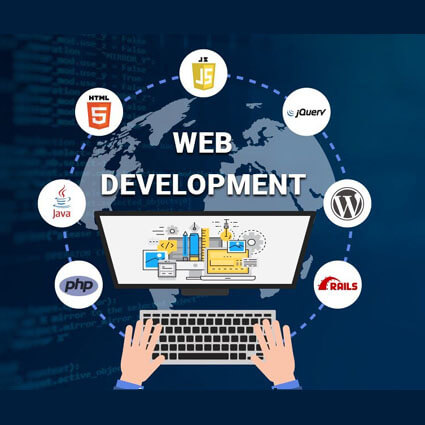
01 Website Development
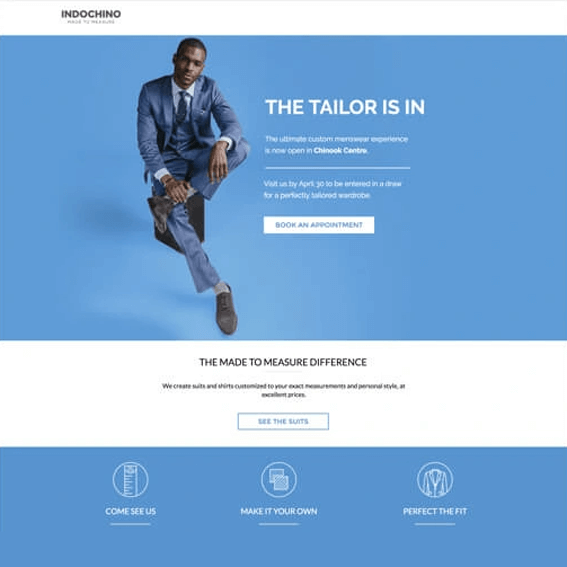
02 Landing Page Design

03 Social Media Presence
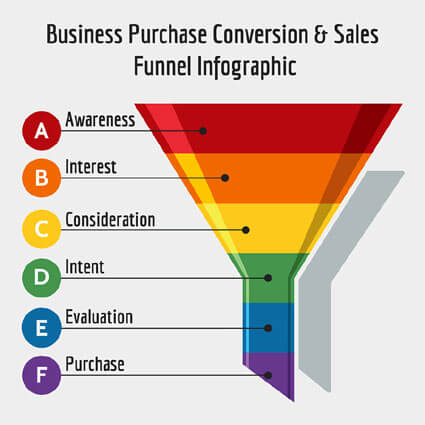
04 Funnel Building
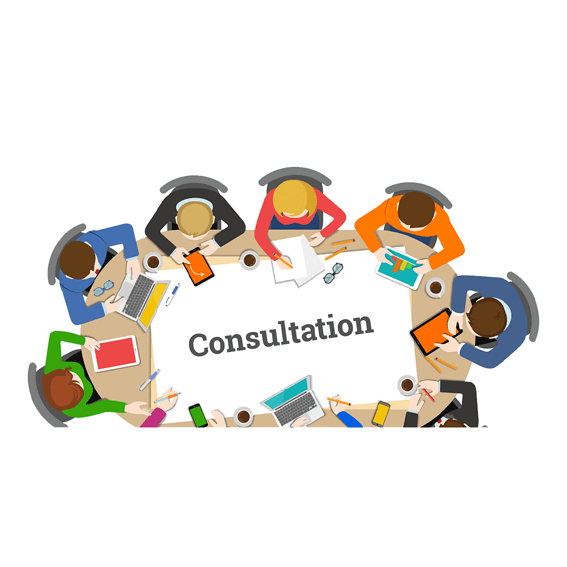
05 Consultation
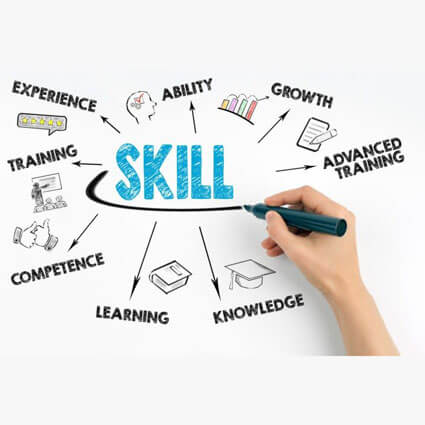
06 Business Growth
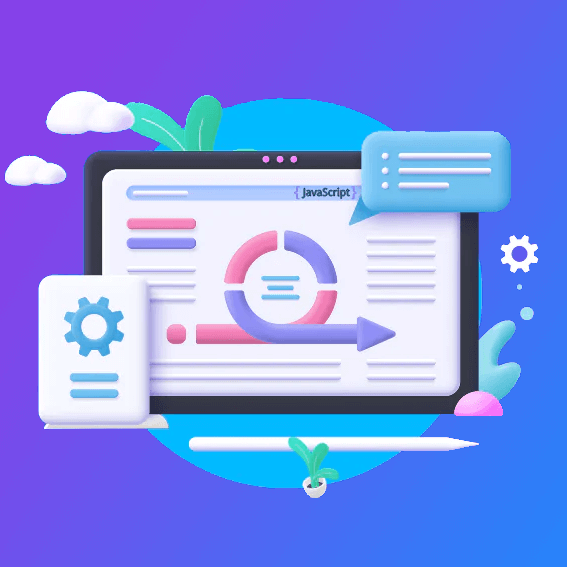
Website Development
Step by Step Procedure
PURPOSE AND GOAL
Identify the Purpose: Understand what you want your website to achieve (e.g., selling products, providing information, building a community).
Set Clear Goals: Define specific, measurable objectives for what success looks like for your site (e.g., traffic numbers, conversion rates).
PLAN YOUR WEBSITE
Target Audience: Identify who your website is for and what their needs are. Site Map: Outline the structure of your site, including all the main sections and sub-pages.
Content Strategy: Decide on the type of content you'll need to meet your goals and engage your audience.
CHOOSE YOUR DOMAIN & HOSTING
Domain Name: Choose a name that's easy to remember, reflects your brand, and is SEO-friendly.
Web Hosting: Select a reliable hosting provider based on your budget, website size, and traffic expectations.
DESIGN YOUR WEBSITE
User Experience : Plan the layout and navigation based on best practices for a good user experience.
User Interface : Design the visual elements of your site, including colors, typography, and imagery, to reflect your brand identity.
Responsive Design: Ensure your site looks good and functions well on all devices, from desktops to smartphones.
DEVELOP YOUR WEBSITE
Choose a Website Building Platform: Decide whether to use a website builder (like WordPress, Wix, or Shopify) or custom development.
Build the Site: Start with a template or from scratch, and add your content, including text, images, and videos.
Implement Features: Add necessary functionalities, such as contact forms,
e-commerce capabilities, or social media integrations.
TEST YOUR WEBSITE
Functionality Testing: Ensure all features work correctly across different browsers and devices.
Performance Testing: Check loading times and optimize for speed.
Security Testing: Implement security measures to protect your site and users’ data.
LAUNCH YOUR WEBSITE
Final Checks: Do a final review to ensure everything is as it should be.
Go Live: Publish your site by pointing your domain name to your hosting account.
Announce: Promote your website launch through email, social media, and other marketing channels.
MAINTAIN AND UPDATE YOUR WEBSITE
Regular Updates: Keep your site's content fresh and update the platform and plugins for security and functionality.
SEO and Marketing: Continuously work on your website's search engine optimization (SEO) and use digital marketing strategies to attract visitors.
Analytics: Use tools like Google Analytics to monitor your site's performance and make data-driven decisions for improvements.
- Website is your Showroom online which is open 24x7.
- Building a website is an ongoing process that involves continuous learning, testing, and refining.
- Whether you do it yourself or hire professionals, staying engaged and proactive in managing your website is key to its success.
Get your bonus here...
Take a step to SUCCESS... Time is Running Out
Create a Landing Page
Step by Step Procedure
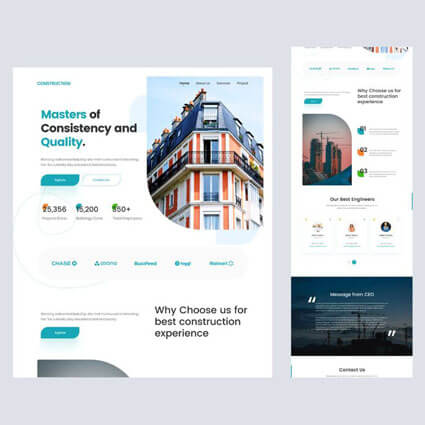
PURPOSE AND GOAL
Identify the Purpose: Clearly define what you want to achieve with your landing page, such as generating leads, selling a product, or collecting email addresses for a newsletter.
UNDERSTAND YOUR AUDIANCE
Target Audience: Know who your potential customers are, their needs, pain points, and what motivates them to take action.
PROVIDING LANDING PAGE
Identify the Purpose: Clearly define what you want to achieve with your landing page, such as generating leads, selling a product, or collecting email addresses for a newsletter.
Provide Template Selection: Choose a template that aligns with your goals and is visually appealing to your target audience. Customizing a template can save time and ensure design best practices are followed.
CRAFT AND COPY WRITING
Headline: Create a strong, clear headline that captures attention and communicates the value proposition. <br/>Subheadline: Provide additional information that supports the headline, offering more details about the offer.
Body Copy: Your body content should persuade visitors by highlighting benefits, not just features. Use bullet points for readability.
Call to Action (CTA): The CTA should be clear, compelling, and convey what the visitor will get by taking action (e.g., "Download the Free Guide" rather than just "Submit").
DESIGNING PAGE
Visual Elements: Use high-quality images or videos that relate to your offer and appeal to your target audience.
Simplicity: Keep the design simple and focused. Remove any navigation or links that might distract the visitor from the conversion goal.
Mobile Optimization: Ensure your landing page looks good and functions well on mobile devices.
INCLUDE SOCIAL PROOF
Testimonials, Reviews, and Logos: Adding social proof can significantly increase trust and conversions. Include customer testimonials, user reviews, or logos of well-known companies that have used your product or service.
TEST AND OPTIMIZE
Keywords: Include relevant keywords in your landing page content to improve its visibility in search engine results.
Meta Tags: Write compelling meta titles and descriptions to encourage click-throughs from search results.
A/B Testing: Create variations of your landing page to test different elements (e.g., headlines, images, CTA buttons) and see which version performs better.
Analytics: Use tools like Google Analytics to track visitor behavior on your landing page and identify areas for improvement.
LAUNCH AND PROMOTION
Publish: Once your landing page is ready, publish it.
Promotion: Use email marketing, social media, PPC advertising, or other channels to drive traffic to your landing page.
MONITOR AND ADJUST
Performance Monitoring: Regularly check the performance of your landing page in terms of conversion rates and other key metrics.
Iterate: Use the insights gained from analytics and A/B testing to make continuous improvements to your landing page.
- Landing page is single Page Design for specific Marketing Purpose and Call to Action.
- Building a website is an ongoing process that involves continuous learning, testing, and refining.
Get your bonus here...
Let's Accelarator and Change the Gear...
Social Media Presence
Real countdown begins....
Establishing and optimizing your social media presence is essential for building brand awareness, engaging with your audience, and driving business results. Here's a step-by-step guide to help you with social media presence and optimization:
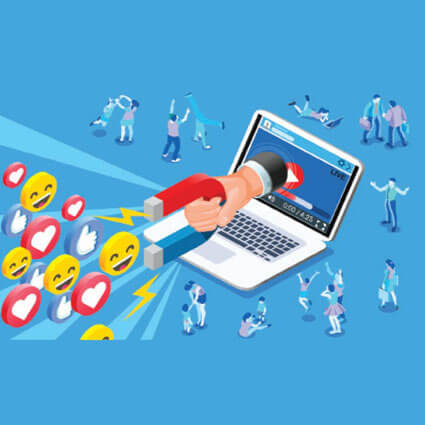
SET CLEAR GOALS AND OBJECTIVES
Define Your Goals: Identify what you want to achieve with your social media presence (e.g., brand awareness, lead generation, customer engagement).
Specific Objectives: Break down your goals into specific, measurable, achievable, relevant, and time-bound (SMART) objectives.
CHOOSE THE RIGHT PLATFORM
Know Your Audience: Identify the social media platforms where your target audience is most active.
Platform Selection: Focus on platforms that align with your business goals. For example, LinkedIn for B2B, Instagram for visuals, and Facebook for a diverse audience.
OPTIMIZE YOUR PROFILE
Consistent Branding: Use a consistent profile picture, cover photo, and business information across all platforms.
Bio and Description: Write a compelling bio that clearly communicates your value proposition and includes relevant keywords.
Contact Information: Ensure that your contact information is up-to-date and easy to find.
CONTENT STRATEGY
Content Calendar: Plan your content in advance with a content calendar. This ensures a consistent posting schedule.
Content Mix: Include a variety of content types, such as images, videos, infographics, and text-based posts.
Value-Driven Content: Share content that provides value to your audience, addressing their needs and interests.
ENGAGEMENT & INTERACTION
Respond to Comments: Engage with your audience by responding to comments and messages promptly.
Ask Questions: Encourage interaction by asking questions in your posts or creating polls.
User-Generated Content: Encourage users to create content related to your brand and share it.
HASTAGS & KEYWORDS
Research Relevant Hashtags: Identify popular and relevant hashtags in your industry. Use them strategically in your posts.
Keyword Optimization: Use keywords in your social media profiles and posts to improve discoverability.
VISUAL APPEAL
High-Quality Graphics: Use high-quality and visually appealing images or graphics.
Consistent Aesthetics: Maintain a consistent visual theme or style across your social media profiles.
SCHEDULE & TIMING
Use Scheduling Tools: Utilize social media scheduling tools like Hootsuite or Buffer to plan and automate your posts.
Optimal Posting Times: Post at times when your audience is most active. Use analytics tools to determine the best times for engagement.
ANALYTICS & MONITORING
Social Media Analytics: Monitor key metrics such as engagement, reach, and conversions.
Adjust Strategy: Use analytics data to adjust your strategy and content based on what performs best.
PAID ADVERTISEMENT
Targeted Campaigns: Consider running targeted paid advertising campaigns to reach specific demographics or promote special offers.
Budget Allocation: Set a realistic budget and monitor the performance of your paid campaigns.
COLLOBRATE & NETWORKING
Partnerships and Collaborations: Collaborate with influencers or other businesses in your industry for mutual promotion.
Networking: Engage in industry-related conversations and build relationships with other businesses or professionals.
REGULAR UPDATE & ADAPTION
Stay Informed: Keep up with social media trends, algorithm changes, and new features.
Adapt Your Strategy: Be flexible and adapt your strategy based on the evolving landscape of social media.
TO GIVE QUALITY ONLY 5 cLIENTS IN A MONTH
Lets make yourself Megnate and Spread your reach...
Funnel Building
Let's Set the Customer Journey...
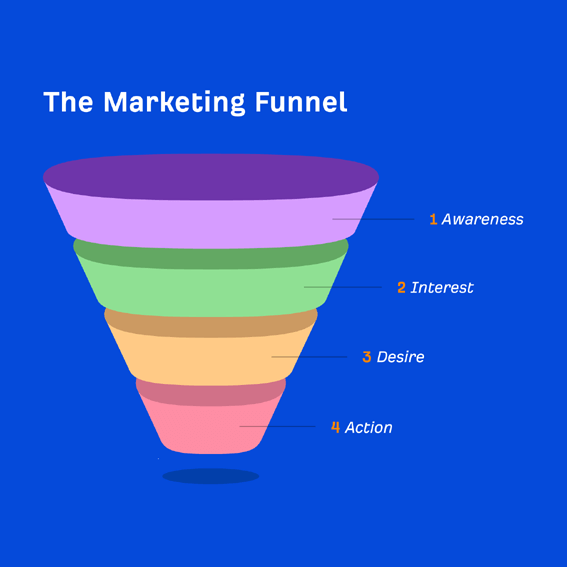
FUNNEL STAGES
Awareness: This is the top of the funnel, where potential customers become aware of your products or services.
Interest: At this stage, individuals are showing interest and exploring more about what you offer. Consideration: Potential customers are actively considering your products or services and comparing them with alternatives.
Intent: They have the intention to make a purchase but might need some final reassurance or incentive.
Purchase: This is the bottom of the funnel, where the actual transaction takes place. Post-Purchase: After the purchase, focus on customer satisfaction, loyalty, and potential advocacy.
UNDERSTAND YOUR TARGET AUDIENCE
Buyer Personas: Develop detailed buyer personas to understand the needs, preferences, and pain points of your target audience at each funnel stage.
CREATE AWARENESS
Content Marketing: Develop content that attracts your target audience and provides value. This could include blog posts, social media content, videos, and infographics.
SEO: Optimize your content for search engines to increase visibility.
Social Media Marketing: Promote your content on social media platforms to reach a broader audience.
GENERATE INTEREST & ENGAGEMENT
Lead Magnets: Offer valuable content in exchange for contact information, such as eBooks, whitepapers, or webinars.
Email Marketing: Use email campaigns to nurture leads with relevant content and information.
DRIVE CONSIDERATON & INTENT
Educational Content: Provide in-depth information about your products or services through case studies, product demonstrations, and testimonials.
Webinars and Events: Host online or offline events to showcase your offerings and engage potential customers.
ENCOURAGE PURCHASE
Promotions and Discounts: Offer special promotions or discounts to incentivize the purchase decision.
Clear Call-to-Action (CTA): Ensure that your website and content have clear CTAs guiding users to make a purchase.
Easy Checkout Process: Simplify the buying process to reduce friction.
POST PURCHASE ENGAGEMENT
Customer Support: Provide excellent customer support to address any concerns or issues. Upselling and Cross-selling: Offer complementary products or upgrades to existing customers.
Collect Feedback: Gather feedback to improve products/services and customer experience.
MEASURE & ANALYZE
Analytics Tools: Use analytics tools to track and measure the performance of your funnel at each stage.
Key Performance Indicators (KPIs): Monitor relevant KPIs, such as conversion rates, click-through rates, and customer acquisition costs.
OPTIMIZE & ITERATE
A/B Testing: Test different elements of your funnel, such as headlines, visuals, and CTAs, to identify what resonates best.
Feedback Loop: Use customer feedback and analytics to continuously optimize your funnel for better results.
AUTOMATION PROCESS
Marketing Automation Tools: Implement tools to automate repetitive tasks, such as email campaigns and lead nurturing.
CRM Integration: Integrate a Customer Relationship Management (CRM) system to manage and track customer interactions.
- Lets define your customer jorney as per your ROUTE...
- Funnel gives you leads consistent and customer flow into your area.
FREE 30 MINUTES CALL...
Don't waste your time...
Consultation
Diagnose and Prescribe...
Understanding demand of Market and creating new opportunity accroding to your need is the key... We follow steps given below...

DIAGNOSE YOUR BUSINESS PROBLEM
Introduction: Begin by introducing yourself, your firm, and the purpose of the consultation.
Client Introduction: Allow the client to share information about their business, current online presence, and specific challenges or goals.
ASSESSMENT CURRENT SITUATION
Website Audit: Review their existing website, if applicable, to identify strengths, weaknesses, and areas for improvement.
Social Media Presence: Evaluate their current social media accounts, content strategy, and engagement levels.
UNDERSTANDING YOUR GOALS
Client Objectives: Discuss the client's short-term and long-term business goals.
Online Goals: Align these goals with specific online objectives, such as increased website traffic, lead generation, or improved brand visibility.
DEFINE TARGET AUDIANCE
Demographics: Understand the client's target audience, including demographics, preferences, and behaviors.
Market Analysis: Analyze the client's industry and competitors to identify opportunities and challenges.
DETERMINE SCOPE OF SERVICE
Services Required: Based on the client's goals, identify which online services are necessary, such as website development, social media management, SEO, content creation, or online advertising.
Budget and Resources: Discuss the client's budget and available resources for implementing the online solution.
DEVELOP A CUSTOMIZED ONLINE SERVICES
Proposal: Create a detailed proposal outlining the recommended services, timelines, and associated costs.
Strategy Overview: Explain the strategic approach, emphasizing how each element contributes to achieving the client's goals.
ACTION PLAN
Timeline: Provide a realistic timeline for the implementation of each service.
Milestones: Break down the plan into manageable milestones to track progress effectively.
EDUCATION & TRAINING TO TEAM
Educational Sessions: If necessary, provide training sessions for the client and their team on using online tools, content management systems, or other relevant platforms. Documentation: Offer written resources or manuals for reference.
CONTINUOUS UPDATE & COMMUNICATION
Regular Updates: Schedule regular check-ins to update the client on progress, address any concerns, and gather feedback.
Adjustments: Be open to making adjustments to the strategy based on evolving needs or market dynamics.
MEASUREMENT & ANALYTICS
Key Performance Indicators (KPIs): Define measurable KPIs tied to the client's goals. Analytics Tools: Implement tools to track and analyze the performance of the online solution.
REVIEW AND OPTIMIZATION
Review Meetings: Conduct periodic reviews to assess the effectiveness of the implemented solution.
Optimization Strategies: Adjust the strategy based on performance data, industry trends, and feedback.
LONG TERM SUPPORT
Support Services: Offer ongoing support and maintenance services to ensure the client's online presence remains effective.
Relationship Building: Establish a long-term relationship by being a reliable partner for their online needs.
TO GIVE QUALITY ONLY 5 LIENTS IN A MONTH
Lets make yourself Megnate and Spread your reach...
Business Growth Programm
Hand Holding with SOP and Frame Work...

UNDERSTAND THE TREND
Awareness: This is the top of the funnel, where potential customers become aware of your products or services.
Interest: At this stage, individuals are showing interest and exploring more about what you offer. Consideration: Potential customers are actively considering your products or services and comparing them with alternatives.
Intent: They have the intention to make a purchase but might need some final reassurance or incentive.
Purchase: This is the bottom of the funnel, where the actual transaction takes place. Post-Purchase: After the purchase, focus on customer satisfaction, loyalty, and potential advocacy.
DIAGNOSE BUSINESS
Buyer Personas: Develop detailed buyer personas to understand the needs, preferences, and pain points of your target audience at each funnel stage.
EMPLOYEE MANAGEMENT
Content Marketing: Develop content that attracts your target audience and provides value. This could include blog posts, social media content, videos, and infographics.
SEO: Optimize your content for search engines to increase visibility.
Social Media Marketing: Promote your content on social media platforms to reach a broader audience.
MARKETING STRATEGY
Lead Magnets: Offer valuable content in exchange for contact information, such as eBooks or webinars.
Email Marketing: Use email campaigns to nurture leads with relevant content and information.
SALES
Educational Content: Provide in-depth information about your products or services through case studies, product demonstrations, and testimonials.
Webinars and Events: Host online or offline events to showcase your offerings and engage potential customers.
OPERATIONS AND FRAME WORK
Promotions and Discounts: Offer special promotions or discounts to incentivize the purchase decision.
Clear Call-to-Action (CTA): Ensure that your website and content have clear CTAs guiding users to make a purchase.
Easy Checkout Process: Simplify the buying process to reduce friction.
FINANCE AND PLANNING
Customer Support: Provide excellent customer support to address any concerns or issues. Upselling and Cross-selling: Offer complementary products or upgrades to existing customers.
Collect Feedback: Gather feedback to improve products/services and customer experience.
NEW IDEAS
Analytics Tools: Use analytics tools to track and measure the performance of your funnel at each stage.
Key Performance Indicators (KPIs): Monitor relevant KPIs, such as conversion rates, click-through rates, and customer acquisition costs.
SCHEDULING
A/B Testing: Test different elements of your funnel, such as headlines, visuals, and CTAs, to identify what resonates best.
Feedback Loop: Use customer feedback and analytics to continuously optimize your funnel for better results.
MINDSET AND MONITOR
Marketing Automation Tools: Implement tools to automate repetitive tasks, such as email campaigns and lead nurturing.
CRM Integration: Integrate a Customer Relationship Management (CRM) system to manage and track customer interactions.
- Make your business identity unique through Blueprint of our 30 years experience in business.
- SOP, Framework, Strategy and Growth Mindset content.
FREE 30 MINUTES CALL...
Don't waste your time...

Meet Online Expert
and Their Achievements....


Ankit Neerav
Award Winning Life Coach
Ankit Neerav has trained 500,000+ people from 10+ countries. He is one of the World's Leading Life Coaches and one of India's only Impact Awardees, honoured by the Robbins Madanes Institute for his work.

Saurabh Bhatnagar
Online Funnel Expert
Creator of Flexifunnels - The Most Advanced Funnel Builder on the Planet. Who create 20 Cr. Revenue in last 3 Years.

Chetan Shetia
Founder of Maths Made Easy Academy
He had a breakthrough last year in which he generated an income of Rs. 4 Crore online in just 3 months
Diagnose your business and skyrocket your GROWTH...
GET STARTED TODAY
Hurry Up! 10 Days Free Trial
Offer Ending In
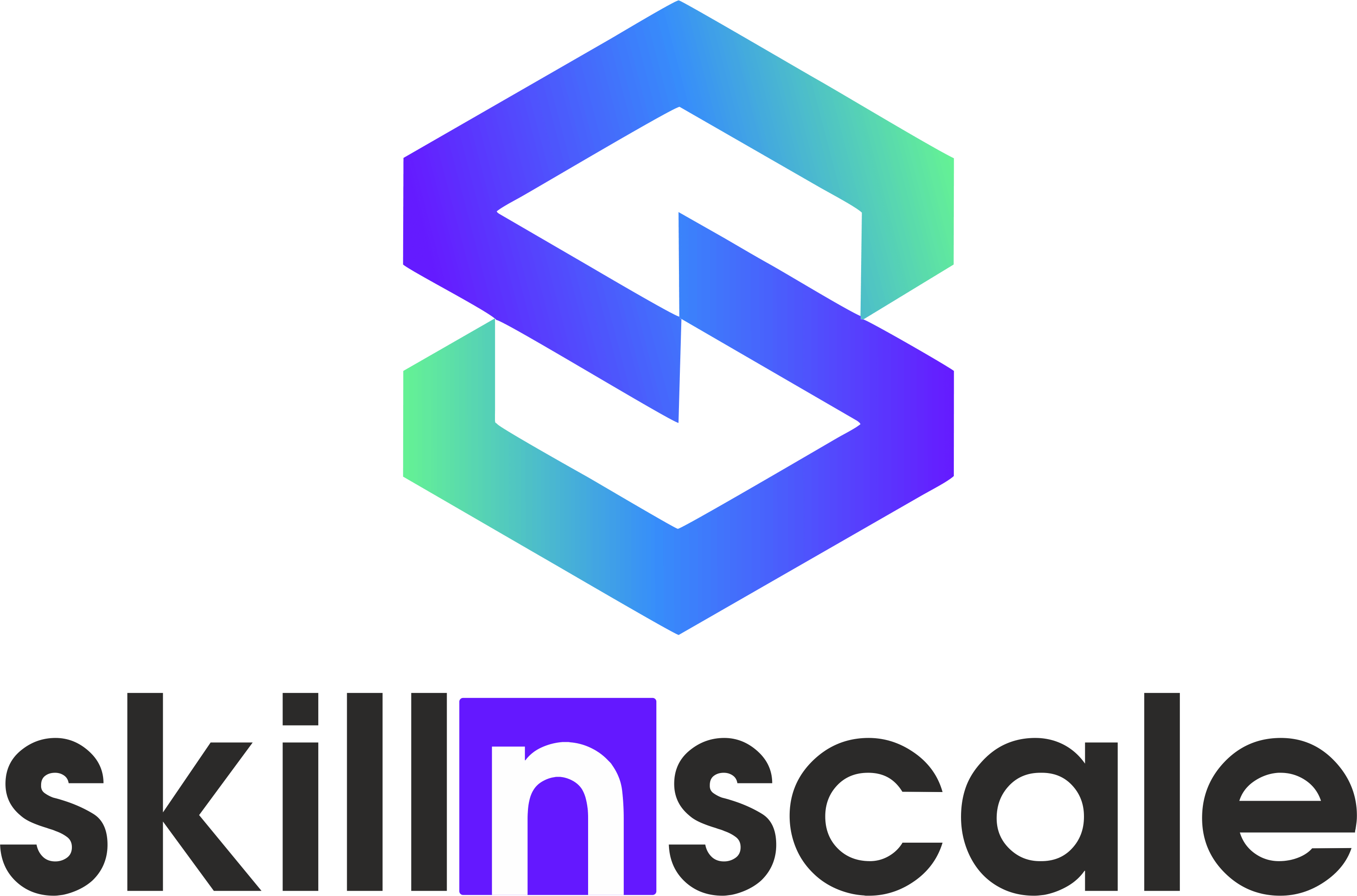
© 2024 SkillNScle.online reserved the rights.



